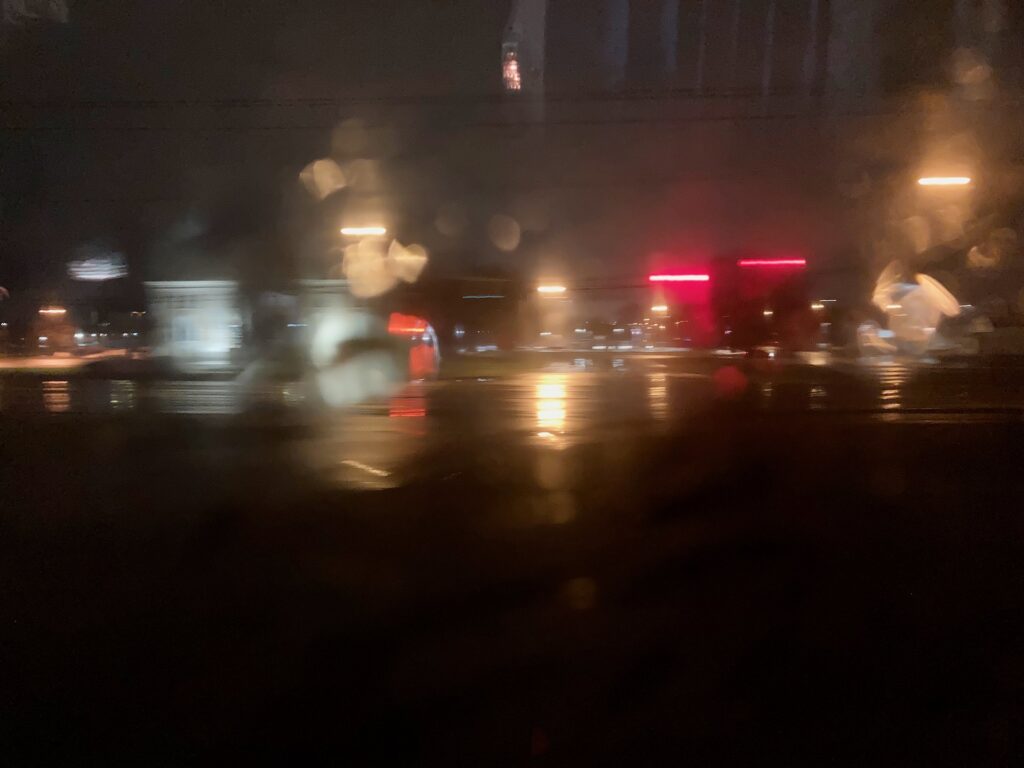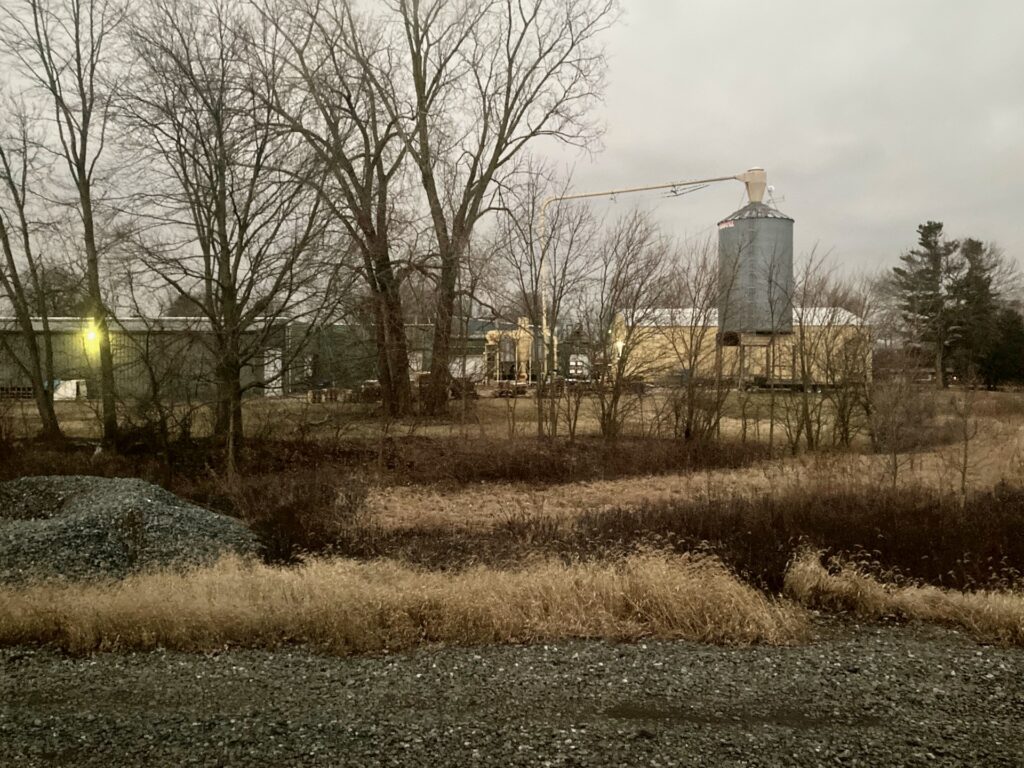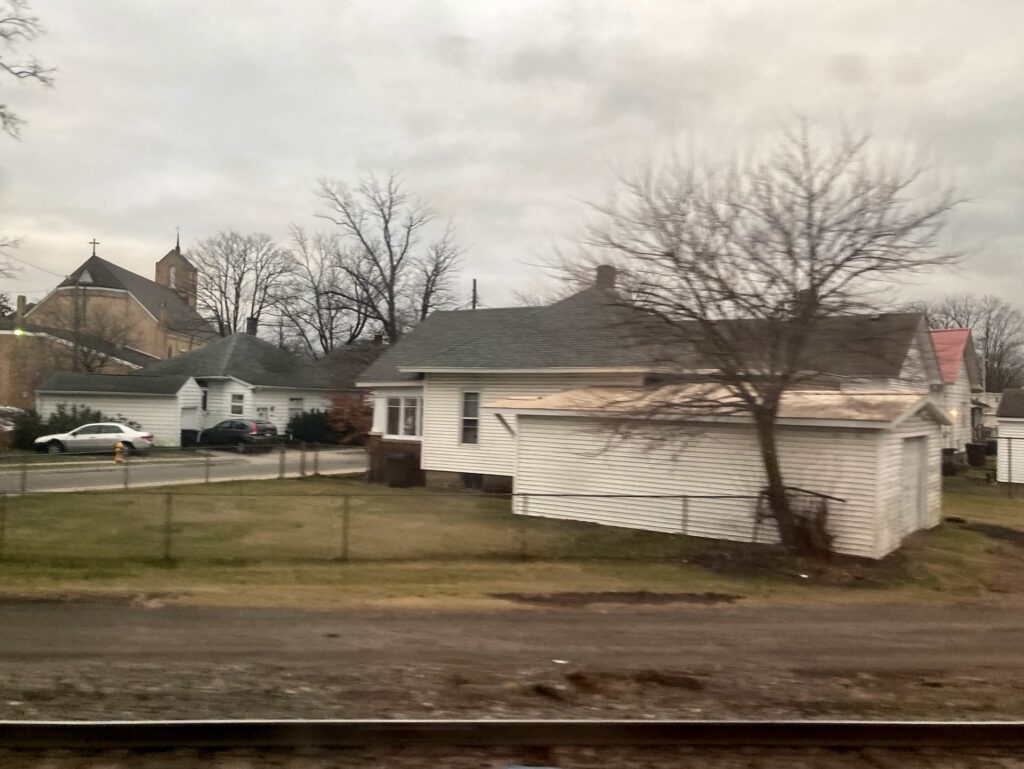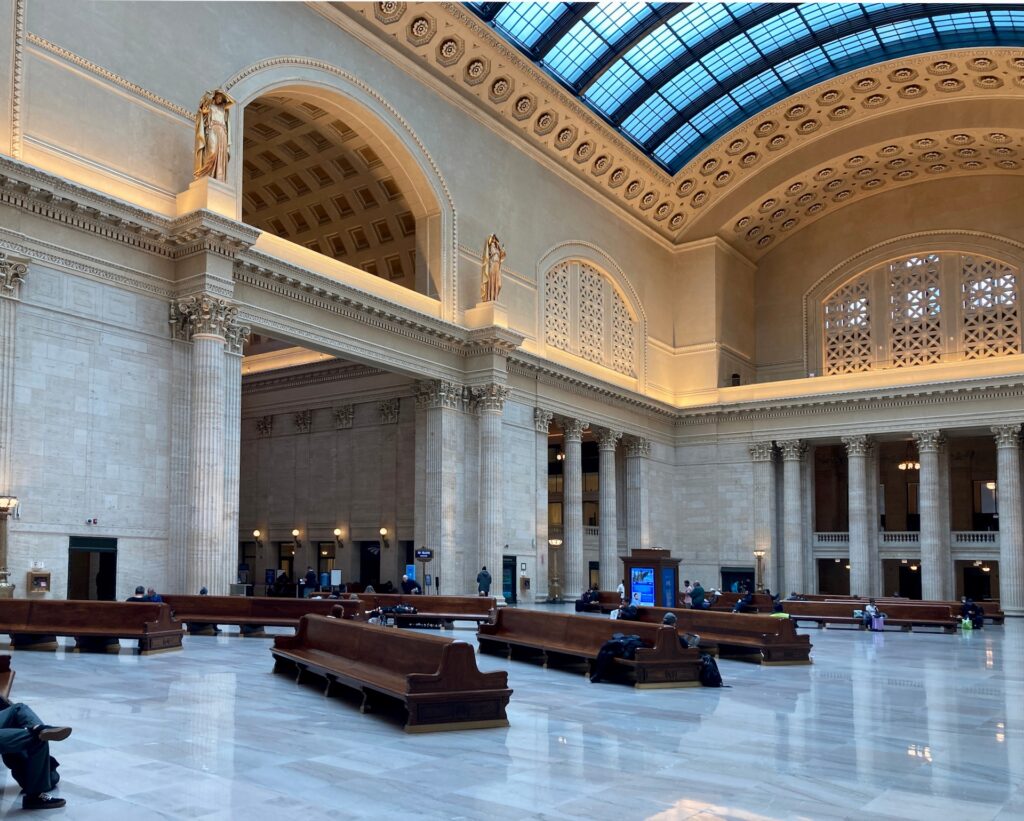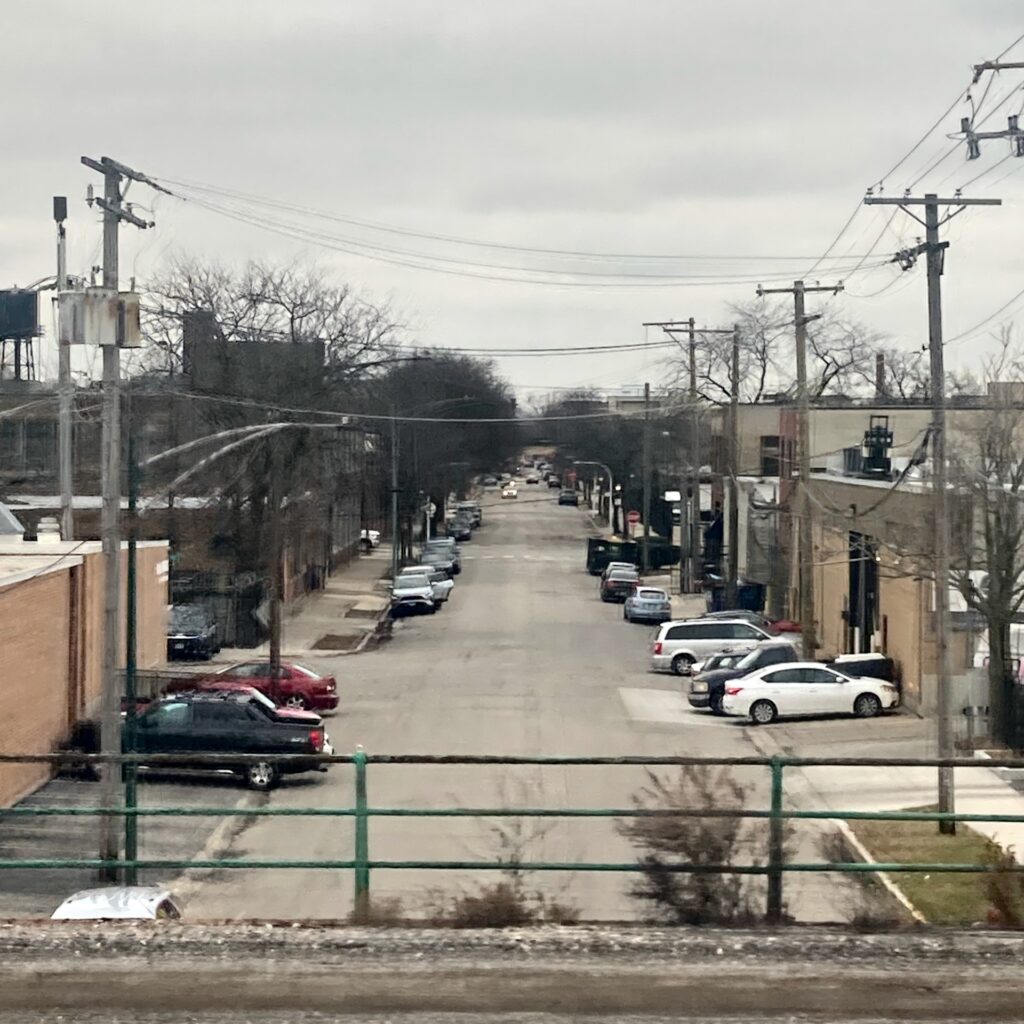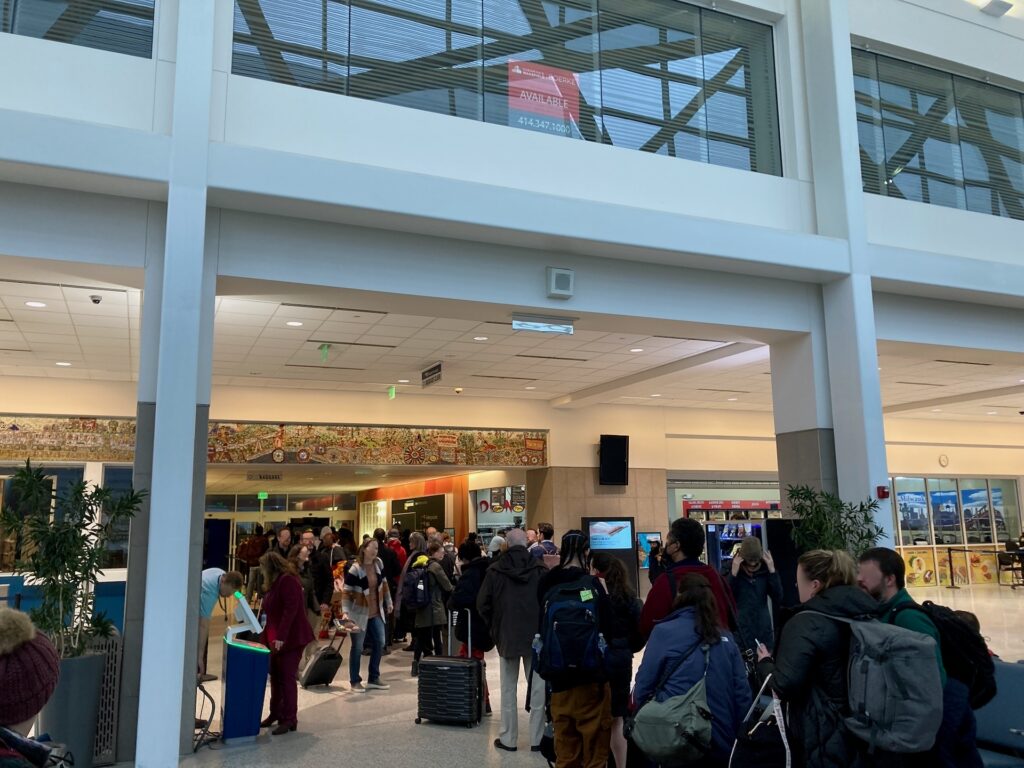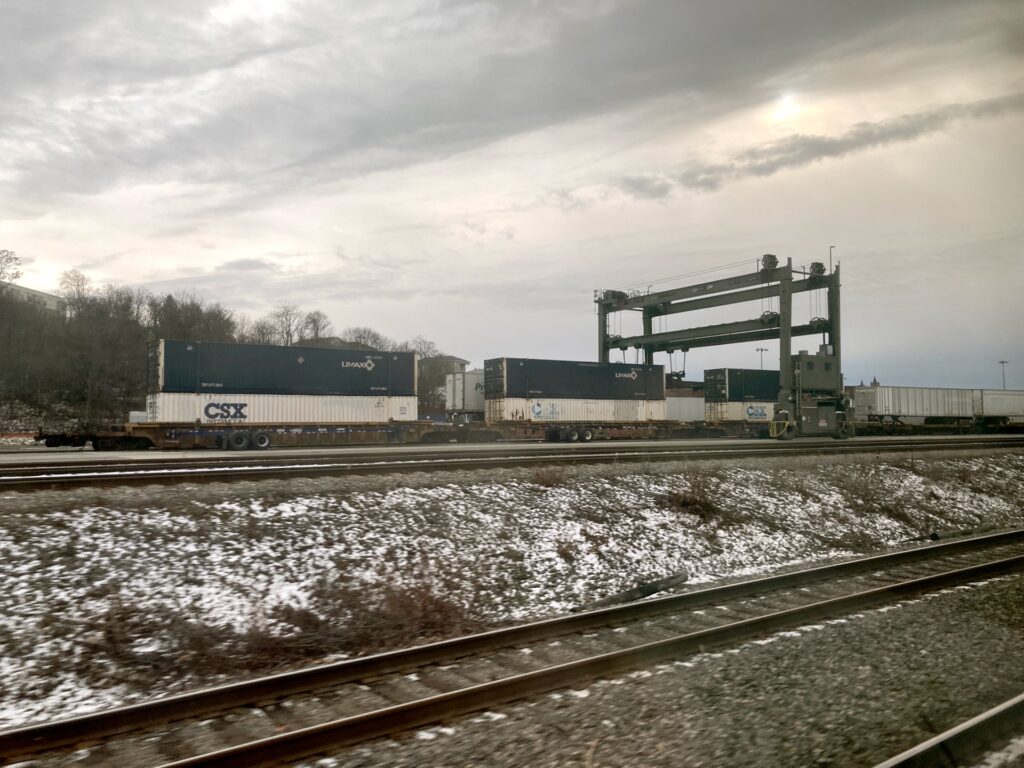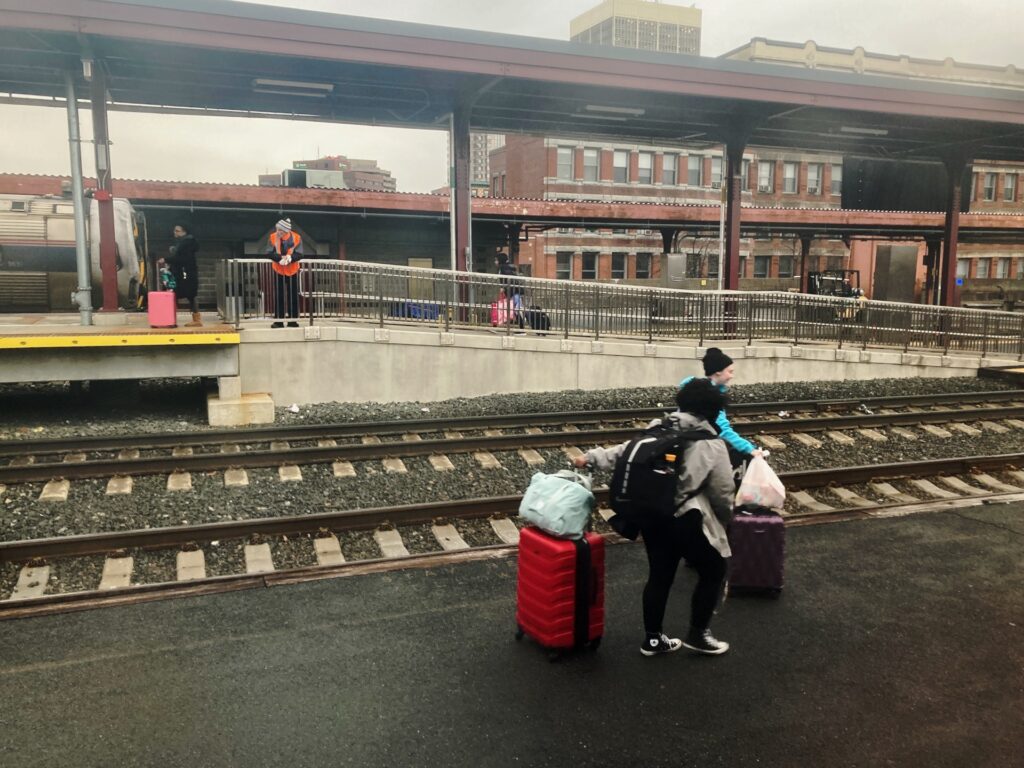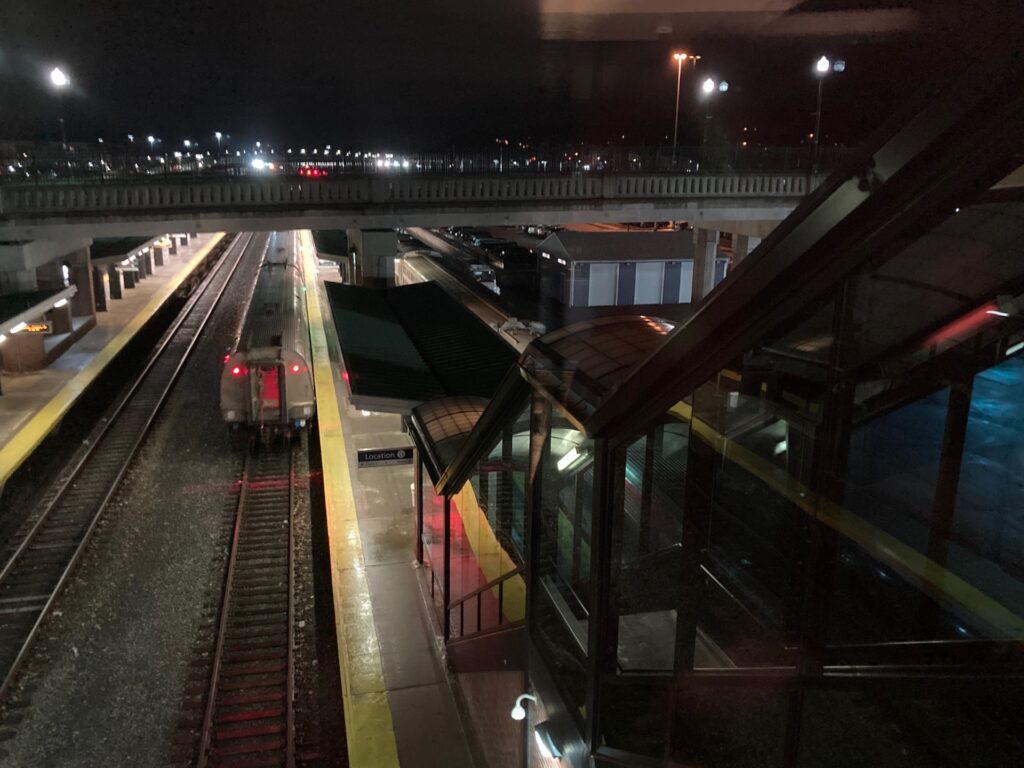When a minister is removed from fellowship, or resigns from fellowship with the Unitarian Universalist Association, the Ministerial Fellowship Committee sends out email announcing the minister’s name, and the reason for removal from fellowship, or the reason for resignation. These emails go out to all other ministers, and also, I believe, to key congregational lay leaders such as Board presidents.
Starting last year, the Ministerial Fellowship Committee finally began maintaining a list of these ministers online at this web page: “UUA Clergy Removed or Resigned from Fellowship with Completed or Pending Misconduct Investigations.” This list goes back to the 1960s, although there is a specific warning that the list “is in no way a complete historic record.” I would assume it is fairly complete for about the last twenty years.
So I just received another email notice of a minister removed from fellowship. That makes four ministers out of fellowship since September. This seemed like a high number to me. But is it?
According to the online list, in the period from 2000 to 2020, twenty ministers either resigned from fellowship rather than face misconduct charges, or were removed from fellowship on misconduct charges, averaging one per year. (The list has not been updated for 2022.) Thus four ministers out of fellowship in six months is a high number compared to the historical average. However, four ministers went out of fellowship in 2019, the highest number in any one year. So having a high number of ministers out of fellowship cannot be blamed solely on the COVID pandemic.
Nevertheless, four ministers out of fellowship within six month is still a high number. I believe the pandemic has contributed to this historically high number. Which makes sense. We know that people in other helping professions are feeling burned out by the pandemic, so we should expect ministers and key volunteers to be feeling burned-out and tender. We also know that emotions are high in all workplaces, and “rage quitting” is a thing, another symptom of workplaces stress. I’m thinking the common thread running through all this is pretty obvious: both lay people and ministers are feeling stressed out after almost three years of pandemic.
What can we do to address all this stress?
Well, many ministers would probably benefit from talking with a mental health professional, to get an outside opinion about their emotional well-being (that is, if you can find a mental health professional to talk with, since there is a shortage of such people). I’ll be talking with a therapist myself in a week or so.
Congregational leaders, for their part, would probably benefit from talking with denominational officials or congregational consultants. Again, the point would be to get an outside perspective: How stressed out is the congregation? And where there is a lot of stress, then start thinking about how to reduce that stress.
To help reduce stress, I would also heed the advice of Scott Thumma, director of the Hartford Institute for Religion Research at Hartford International University, from a recent Religion New Service article. “Everything has to be hyper-intentional now,” Thumma said. “The focus should be, how can we become a better church — rather than, how do we re-create what we used to have?” In other words, let’s shift expectations away from what we used to do, and instead set expectations about what we can realistically do now. That should lower stress on lay people and ministers alike.

